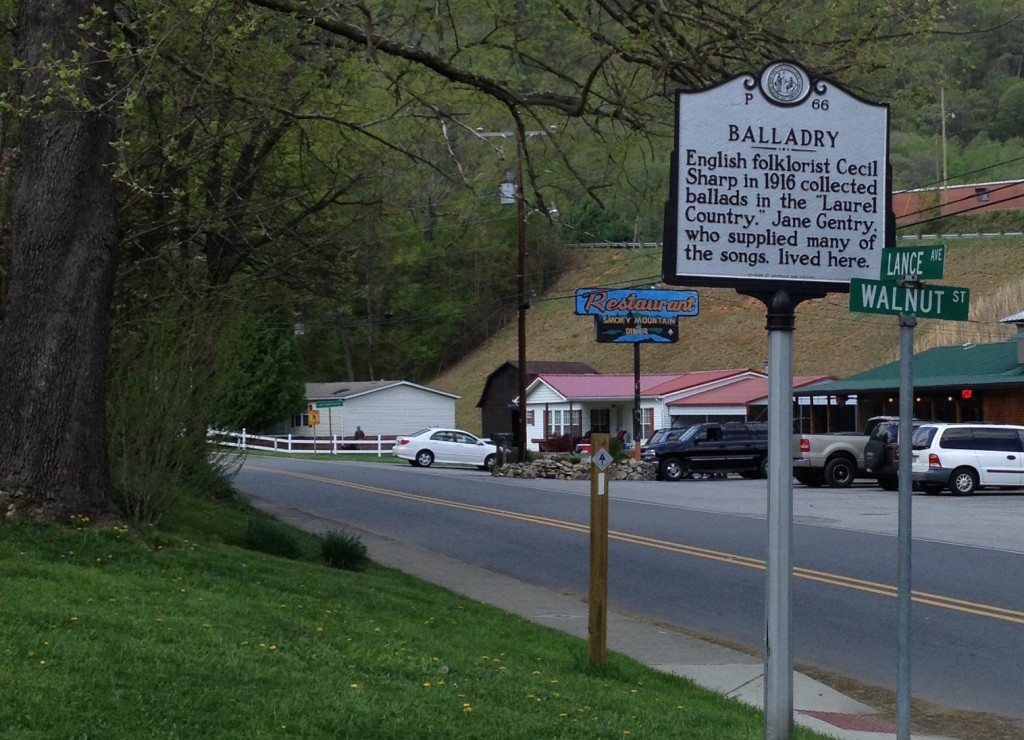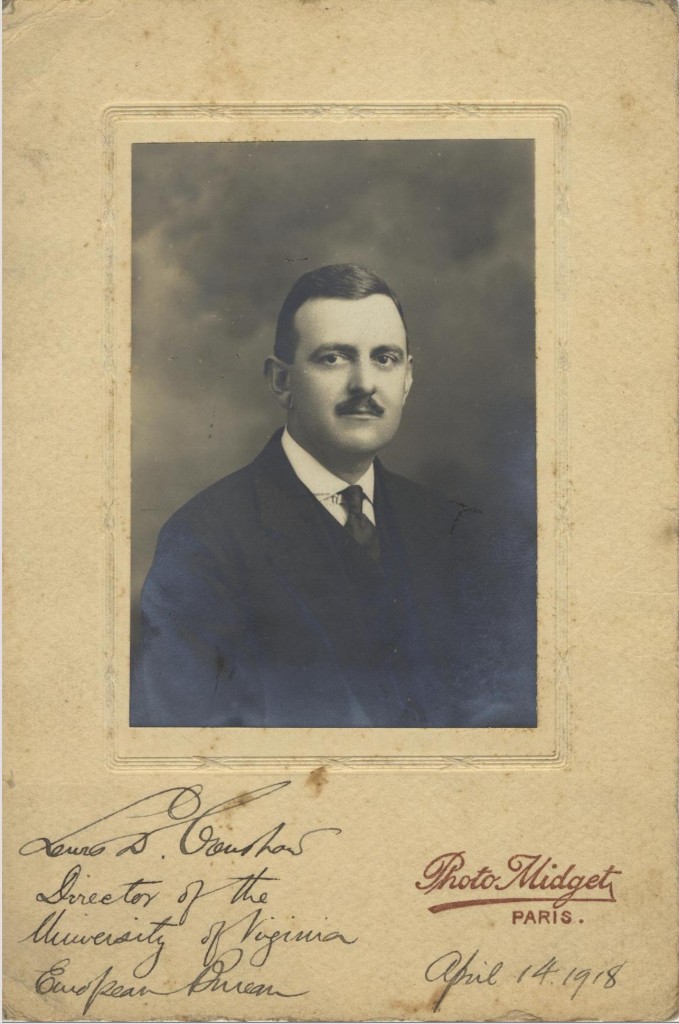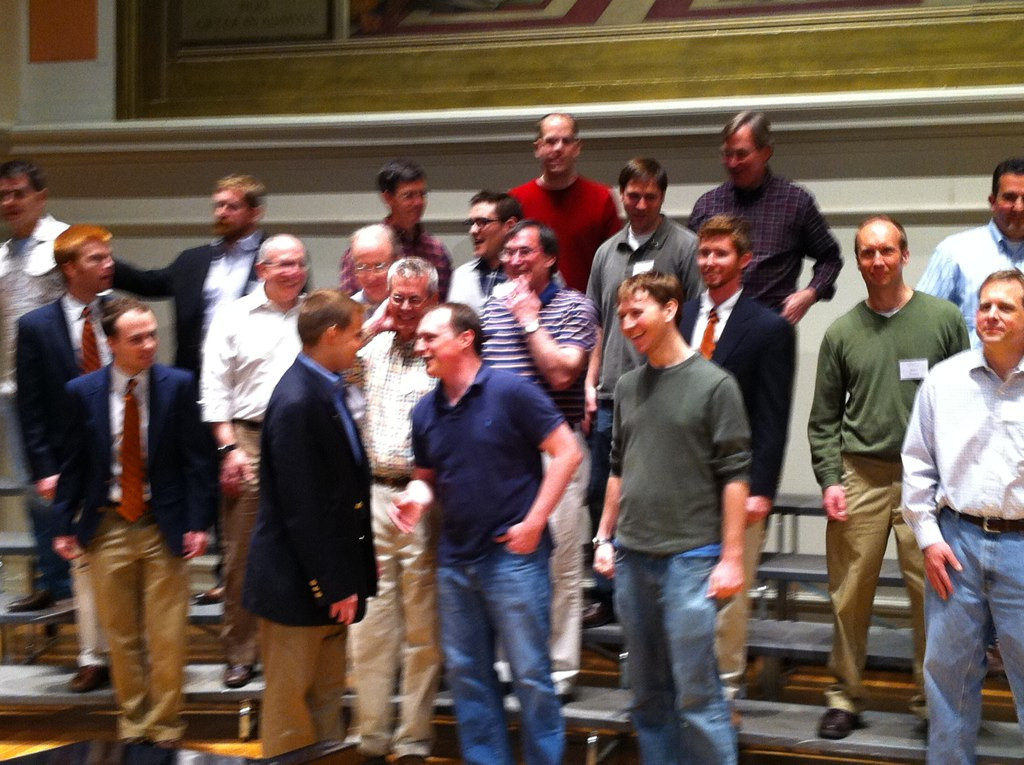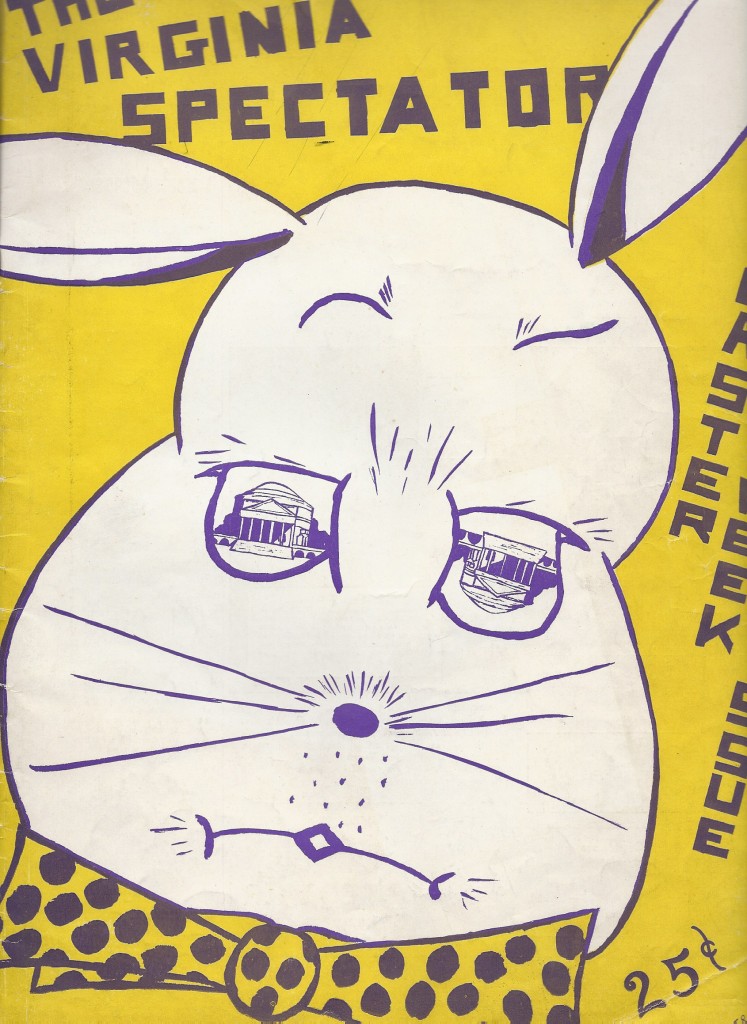It’s been a long week at the RSA Conference in San Francisco and I’m happy to be headed home today. Thankfully I have a random 5 to help me unwind!
- Water Wheel – Steve Gunn (Time Off). An interestingly meditative song, this was my introduction to Gunn, who’s a heck of an artist of sunbaked American primitive guitar.
- Tightly – Neko Case (Blacklisted). Still a great album almost 15 years later, the shambling grace of this track always makes me smile.
- The Bronx Bird Watcher – Allan Sherman (My Son, the Celebrity). “On the branch of a tree sat a little tom tit, singing willow, tid willow, tid willow/An uncomfortable place for a boidie to sit, singing willow, tid willow, tid willow.” Even more than Weird Al, I owe my weird sense of humor to Allan Sherman, and specifically to this album.
- She’s Lost Control – Joy Division (Unknown Pleasures). Of Joy Division’s short canon, this is not one of the most essential tracks. The lyrics set the pattern for a bunch of bad songs from bands like Interpol and Black Angels. And yet. The tightly wound guitar that simmers until it boils, the metronomic regularity of the bone dry drum kit, that bass.
- Quiet Steam – Peter Gabriel (Digging in the Dirt). Still by far my favorite take on this song from Us, it holds on by its fingernails to quiet, with only the guitar and slowly building organ chords hinting at what lies underneath. I’m not sure the song gained more than it lost when it transformed into the brass driven version on the final album.
BTW, If you’re interested in the sorts of things I was learning about at the conference, check out a few Storify stories here:







